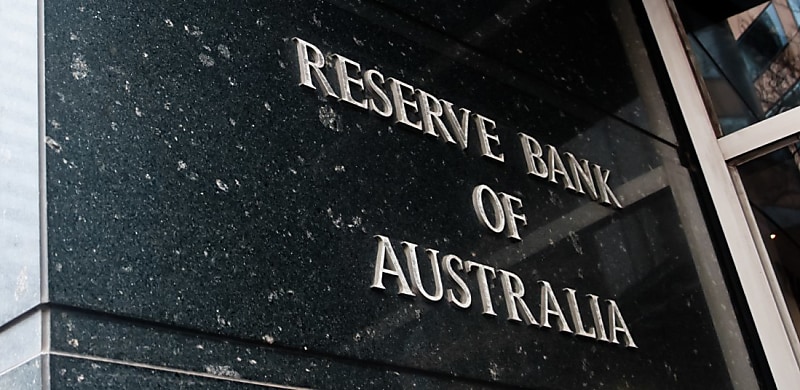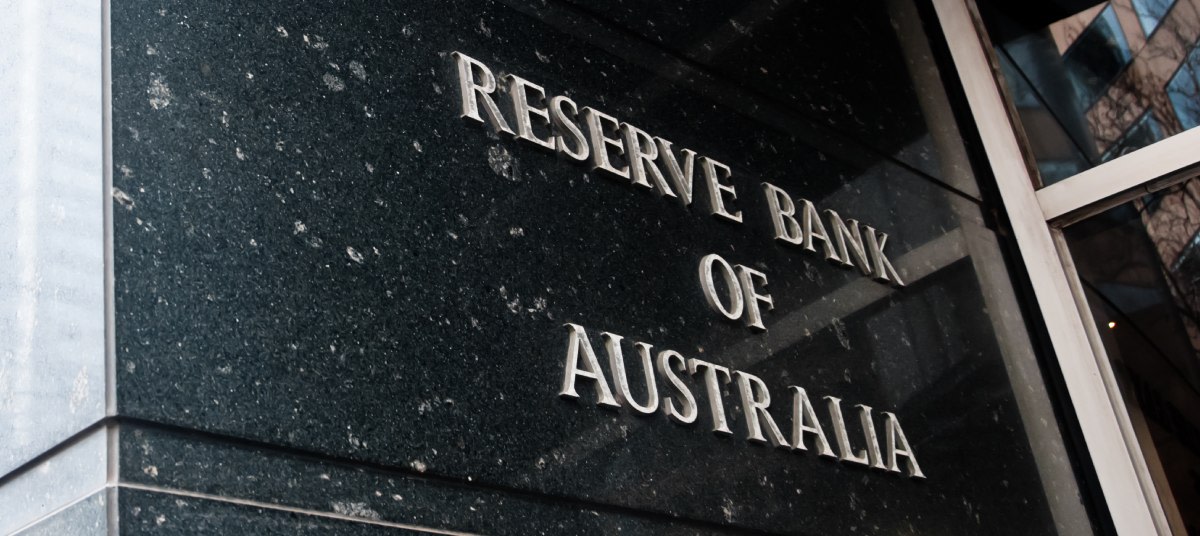
The cash rate will drop below 4 per cent for the first time in two years as the central bank continues its rate-easing cycle.
The Reserve Bank of Australia (RBA) has announced that it will cut the cash rate by 25 bps from 4.10 per cent to 3.85 per cent.
The widely expected decision takes the interest rate below 4 per cent for the first time since May 2023, when it was 3.85 per cent
The May/June cash rate decision marks the second rate drop this year, after the RBA cut rates by 25 bps in February 2025 to start the rate-easing cycle.
The rate cut follows encouraging inflation data for the March quarter, which saw the annual trimmed mean of inflation, one of the figures the RBA is most interested in when setting the cash rate, fall within the central bank’s 2–3 per cent target range for the first time in more than three years.
In a statement as it announced its cash rate decision, the RBA said: "The board judged that the risks to inflation have become more balanced. Inflation is in the target band and upside risks appear to have diminished as international developments are expected to weigh on the economy. With inflation expected to remain around target, the board therefore judged that an easing in monetary policy at this meeting was appropriate.
"The board assesses that this move will make monetary policy somewhat less restrictive. It nevertheless remains cautious about the outlook, particularly given the heightened level of uncertainty about both aggregate demand and supply."
It continued: "The board considered a severe downside scenario and noted that monetary policy is well placed to respond decisively to international developments if they were to have material implications for activity and inflation in Australia.
"The board will be attentive to the data and the evolving assessment of risks to guide its decisions. In doing so, it will pay close attention to developments in the global economy and financial markets, trends in domestic demand, and the outlook for inflation and the labour market.
The RBA's monetary policy board stressed that "maintaining low and stable inflation is the priority" and that it would be focused on its mandate to "deliver price stability and full employment" and "will do what it considers necessary" to achieve that outcome.
Bullock flags tariff ‘roller coaster’
In a press conference after the central bank’s announcement, RBA governor Michele Bullock highlighted that inflationary pressures were easing despite “massive uncertainties”.
“The cautious approach we have taken has got us to this point where inflation is now below 3 per cent and employment is holding up,” she said.
She also noted wider economic turbulence, saying: “Since our last meeting, global economic and policy uncertainty has increased substantially following tariff announcements by the US administration, the response of its trading partners and subsequent changes to the policies, including various bilateral agreements and deals.
“It's been a complete roller coaster.”
Bullock did not rule out further rate cuts.
“There's now a new set of challenges facing the economy, but with inflation declining and the unemployment rate relatively low, we're well positioned to deal with them. The board remains prepared to take further action if that is required.”
Responding to questions on the timeframe of future rate cuts, she said: “I don't know at this point and that's why I think the cautious 25 basis point cut [is the most appropriate decision], with a recognition that if we need to move quickly, we can. We've got space.”
Federal Treasurer Jim Chalmers welcomed the RBA's move, stating: "This is very welcome relief for millions of Australians.
"We are really pleased to see more help for hard working families with a mortgage. It reflects the substantial and sustained progress we’ve made together on inflation, and it recognises the uncertain global environment."
He continued: "In its statement today, the RBA Monetary Policy Board points to the very substantial progress we’ve made on inflation and says upside risks to inflation “appear to have diminished”.
"Today’s cut doesn’t mean the job is finished, but it will help," he said, but warned: "We know we will be faced with more global economic volatility and unpredictability over the next three years, not less."
Are more cuts coming?
Despite near-universal agreement on a May rate cut, not all lenders agree on the future trajectory of the rate-reduction cycle.
While all four major banks are forecasting the RBA to lower the cash rate again this year, there is a difference in opinion as to when this will be, and how many times the rate will drop.
Australia and New Zealand Bank (ANZ) expects two cuts in 2025 (in May and August) and one in the first quarter of 2026.
“That latter cut comes with a little more uncertainty than the 2025 easings,” the bank economists said on Friday (16 May).
Westpac and the Commonwealth Bank of Australia (CBA) both foresee a 25-bp drop in August and November. This would take the end-of-year cash rate to 3.35 per cent.
However, CBA’s head of Australian economics, Gareth Aird, said: “We expect the RBA to leave the door ajar for a follow‑up July rate cut simply by not providing any forward guidance.”
In contrast to the other majors, National Australia Bank (NAB) economists have said that positive economic indicators in Australia – coupled with a sharp rise in global uncertainty caused by trade tariffs – could lead the central bank to speed up the pace of interest rate cuts.
NAB has previously said the RBA could cut the cash rate 25 bps in July, August and November this year.
The RBA monetary policy board is scheduled to meet five more times this year; roughly every six weeks.
Those dates include:
- 7–8 July
- 11–12 August
- 29–30 September
- 3–4 November
- 8–9 December
The May rate meeting marks the second session of the new Monetary Policy Board, with the RBA now having two boards – one to set the cash rate and another for governance.
[Related: February rate cut triggers refinancing flurry]

